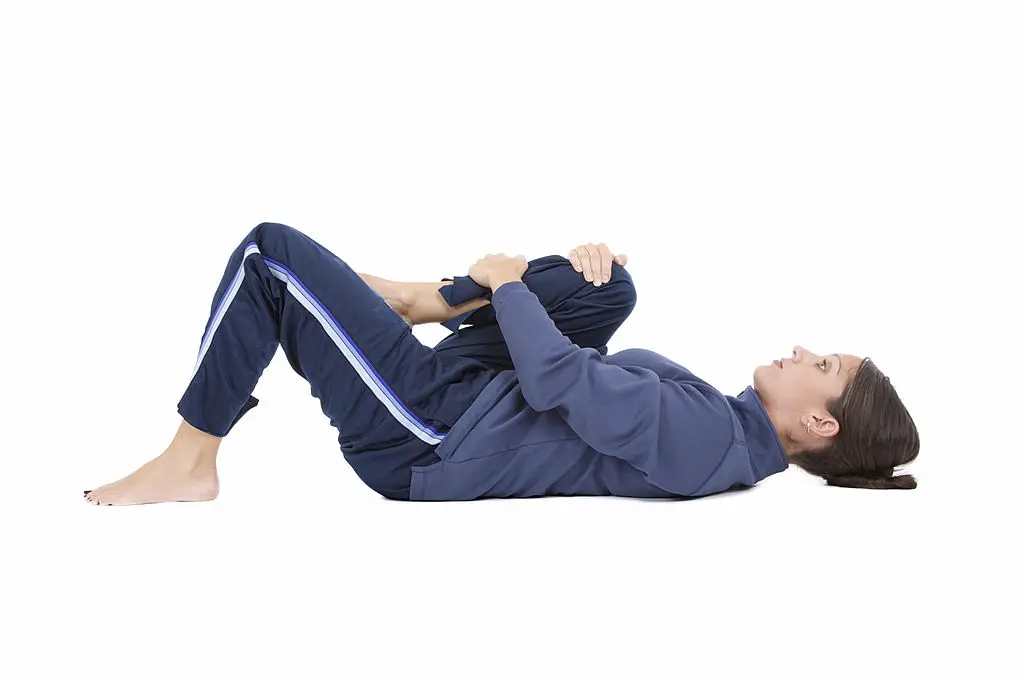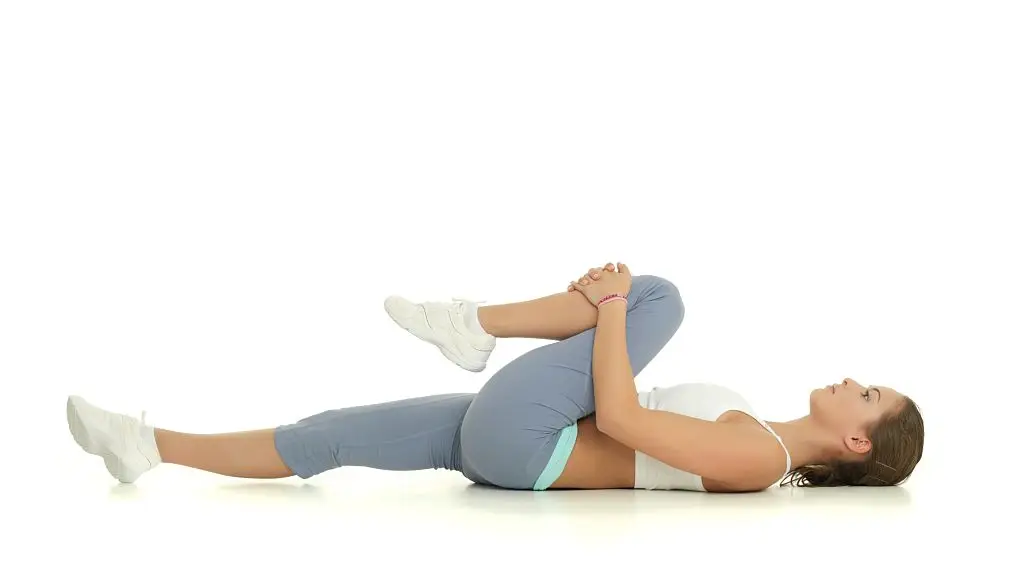12 Gentle Exercises to Relieve Sciatica Pain
Almost everyone who’s experienced sciatica pain remembers those sharp twinges or lasting aches—the kind of discomfort that makes simple movements suddenly feel daunting. Sciatica pain might arise after a long day at your desk, an awkward lift, or seemingly out of the blue. If this journey sounds familiar, you’re in good company: up to 40% of Americans will deal with sciatica at some point in their lives. But here’s some empowering news—gentle, intentional exercise is one of the most effective paths toward lasting relief, and you don’t have to be an athlete to start reaping the benefits. When practiced correctly, certain stretches and strengthening movements can calm irritated nerves, release muscle tension, and create lasting support for your spine and hips. In fact, medical experts and research consistently show that 80–90% of people with disc-related sciatica improve without surgery, often by following evidence-based exercise programs at home. Each body is unique, and progress doesn’t come from pushing through pain—rather, it grows from listening closely to your body and adjusting the pace or movements to match what feels right today. The following 12 effective and gentle exercises are designed to meet a range of needs, whether you’re just starting out or you’re looking for more ways to soothe your symptoms. If you have new or severe pain, experience numbness or weakness, or your symptoms are getting worse, it’s always wise to check in with your healthcare provider. But for most mild-to-moderate cases, these science-backed movements can be the nurturing, empowering support your body’s been craving. Ready to move with kindness? Let’s get started.
1. Knee-to-Chest Stretch

The knee-to-chest stretch is a gentle way to ease lower back and hip tension—two areas that often contribute to sciatica pain. Begin by lying flat on your back, knees bent and feet resting on the floor. Slowly bring one knee up toward your chest, carefully guiding it with your hands. Hold for 15–30 seconds, breathing deeply and noticing any release in your glutes or lower back. Lower that leg back down and repeat on the other side. If you prefer, this stretch can also be performed with both knees hugged in at once for a broader stretch. For those with stiffer backs or limited flexibility, try looping a towel behind your thigh for added support. The key is to move slowly and never force the stretch—your comfort is the goal, not touching your nose to your knee. This stretch helps decompress the lower lumbar area, gently opening space for the sciatic nerve. Practice once or twice daily for best results, or any time you feel tight after sitting.
2. Figure-4 Piriformis Stretch

Many people don’t realize that tightness in the small, deep piriformis muscle can pinch the sciatic nerve, intensifying symptoms. To try the figure-4 stretch, start by lying on your back with knees bent. Cross your right ankle over your left knee, forming the shape of a “4.” Gently thread your hands behind your left thigh and draw your leg toward your chest until you feel a stretch in your right hip or buttock. Hold for 20–30 seconds, then switch sides. If direct lifting is uncomfortable, a yoga strap or towel can make it even more accessible. Remember, this isn’t about pulling forcefully—let your breath guide you and back off at the first sign of discomfort. Practice the stretch daily to help relax the piriformis muscle, provide relief from nerve tension, and reduce flare-ups. This is a favorite among physical therapists for its targeted, gentle support.
